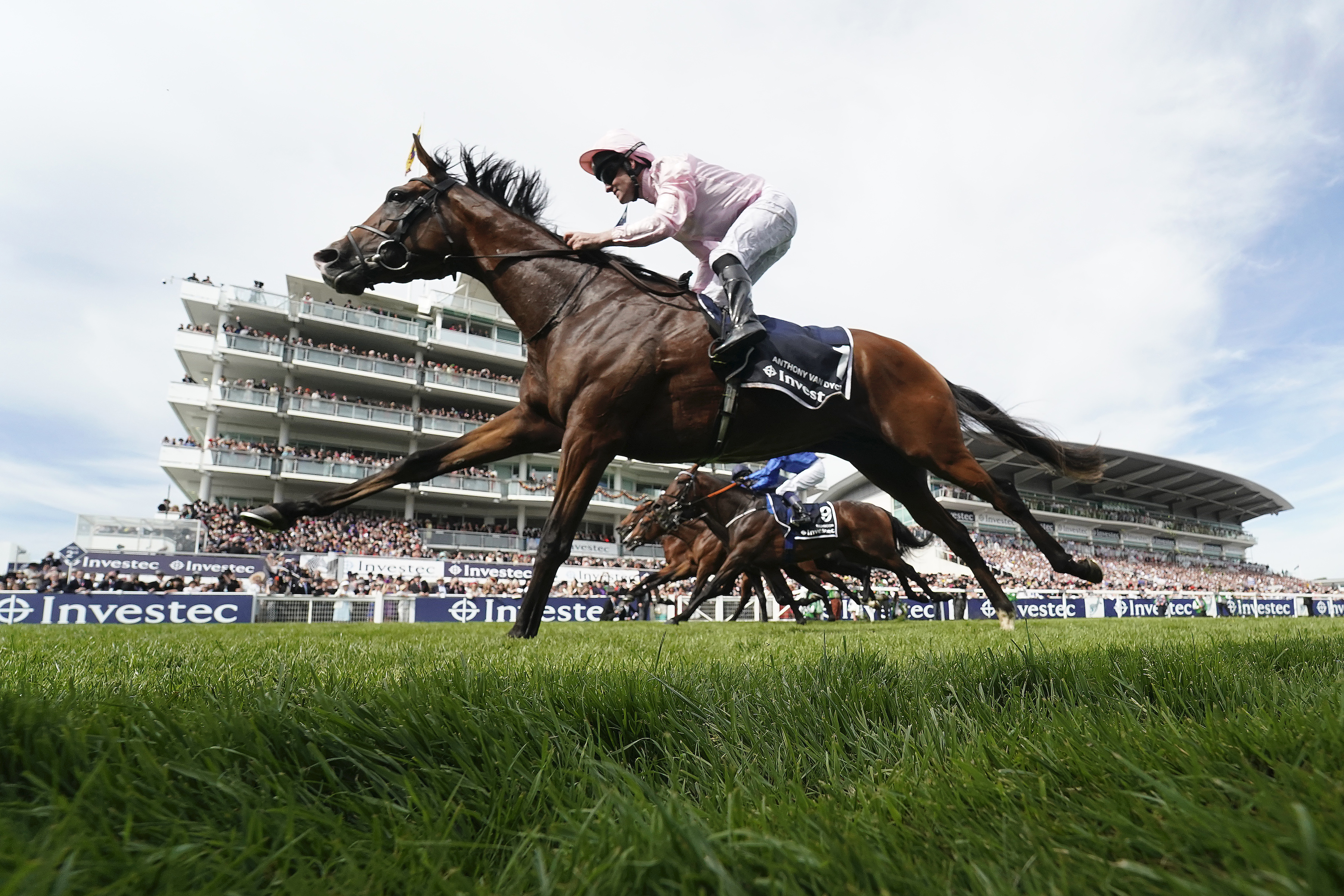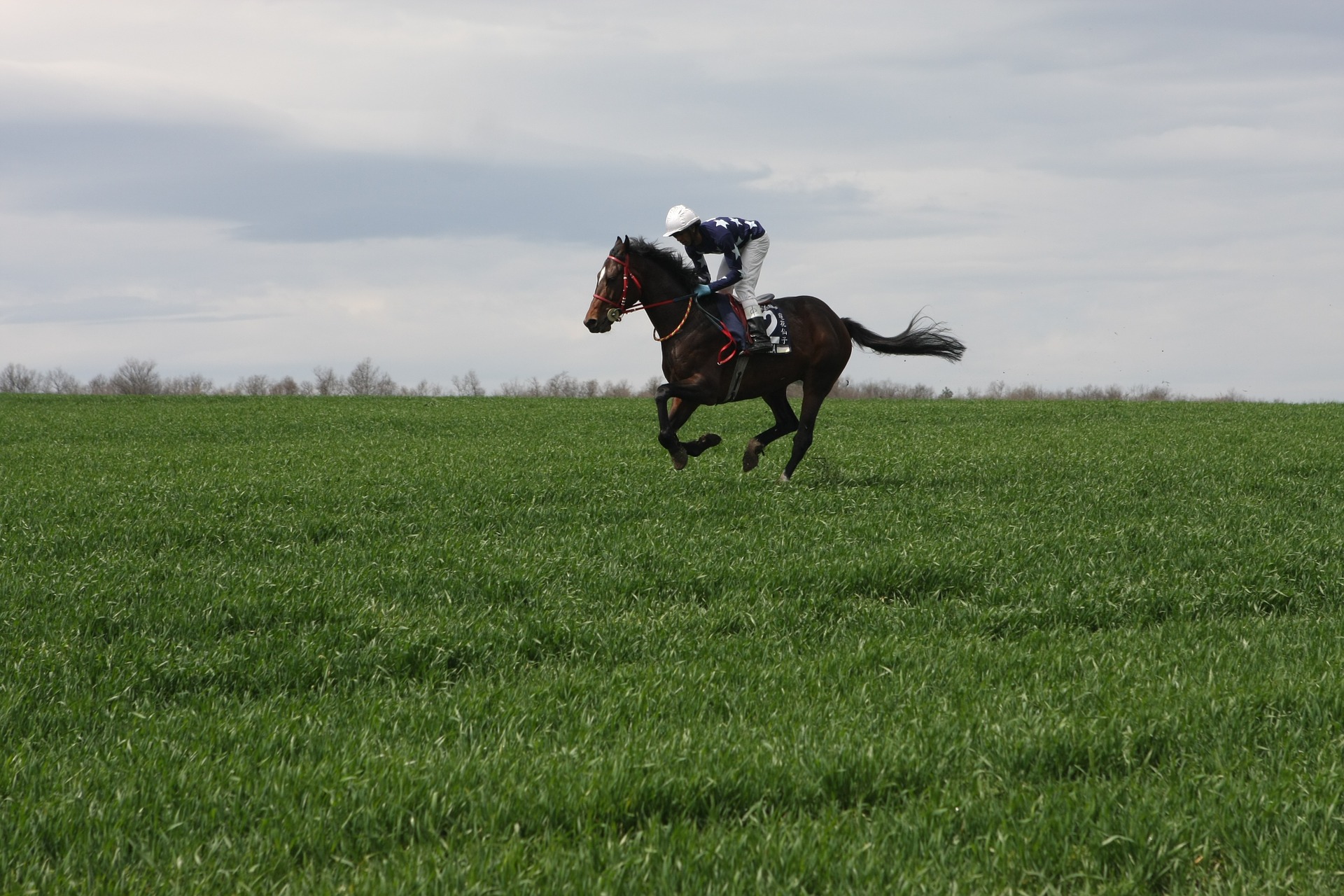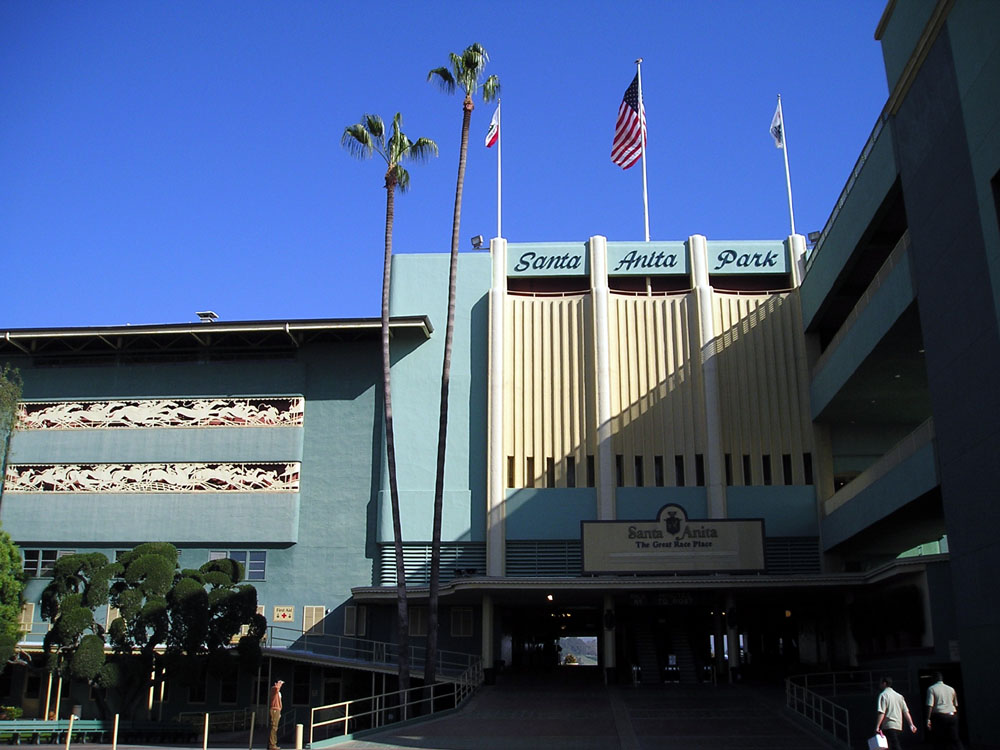
Health & Medicine
Testing wildlife could stop pandemics in their tracks

Racehorse injuries are complex but can be prevented by appropriate practice for the horse and cautious monitoring by veterinarians aided by scanning technology
Published 7 December 2020
The death of Irish racehorse Anthony Van Dyck after breaking down with a fractured fetlock was the latest in Melbourne Cup horse fatalities, and has raised the question of whether more can be done to prevent these injuries.
The good news is that the answer is yes.

Much of it is about ensuring the right balance between adapting a horse’s skeleton to run at high speeds while not overdoing it. But ultimately, it comes down to being prepared to scratch a horse from a race when we aren’t 100 per cent sure it is safe to run. And advanced imaging technology is emerging as an important contributor to determining a horse’s risk.
The majority of limb injuries in racehorses occur because of accumulated bone or soft tissue damage, due to large repeated loads applied to the limb during galloping exercise. Bone and soft tissue can only bear a finite number of individual loads (or strides) at high speed before damage develops.

Health & Medicine
Testing wildlife could stop pandemics in their tracks
However, this damage can be repaired. Bone has an inbuilt mechanism for repairing damage that is most effective when the horse is rested from training. Bone injury is therefore influenced by the rate of damage accumulation and the rate of its repair.
But, given the opportunity, bone and soft tissue can actually adapt to the loads generated at high speed by increasing their strength and therefore their resistance to injury.
Racehorses need to do enough galloping training to adapt their limbs to high speeds and achieve cardiovascular fitness. But trainers must also avoid too much high-speed exercise that can increase the risk of injury.
Getting a horse fit enough to be successful and resistant to bone damage without tipping over into injury is challenging. When an injury does occur, we need to learn as much as we can to reduce the incidences of future injuries.

Injuries can develop over weeks to months. Although what happens on the day of an injury may contribute, more often it’s what has happened in the lead up to the injury that is critical. It is common for observers to point towards the most recent and obvious circumstances as the cause of a catastrophic injury, without considering the horse’s experiences in the months before.
Many pathways can ultimately lead to injury, so the solutions aren’t simple.
Decision-making must be based on evidence. With complex problems like equine limb injury, there is a real risk that some of the processes we introduce have unforeseen consequences and actually make matters worse.

Health & Medicine
Coronavirus in cats?
The rate of fatal limb injuries in racehorses in Australia and New Zealand is 0.43 per 1000 starts – the lowest in the world. Most international horses competing in the Victorian Spring Racing Carnival come from the UK and Ireland, where there are, on average, 0.80 fatal limb injuries per 1000 starts. But this rate is not statistically different from the Australia and New Zealand figure because both rates are so low and the studies behind each vary significantly.
Prevention of rare events is challenging because it takes years to collect enough data to be able to apply appropriate statistics. Injuries during the Spring Carnival are the subject of ongoing research by our team. But published data on risk factors for fatal limb injuries in racehorses can help with our understanding of some of the highly discussed issues, particularly those around the Werribee training track.
There are normally multiple factors that contribute to an injury. Race tracks and their surfaces are often a focus point when an injury occurs. Evidence indicates that they can be a factor but are rarely the whole story.

Faster turf tracks (where the ground is firmer) are associated with higher injury rates in most studies conducted in Australia. However, the difference in injury risk varies. Although horses generate higher loads in their limbs when they run faster, injuries develop over time, so horses are often set up for injury prior to exposure to a particular track.
Additional known risk factors that may contribute to injuries in international horses include the relatively higher proportion of un-neutered males, the higher proportion that started their racing careers at an older age, and their older age at the time of the race. Further research currently being undertaken is expected to identify additional risk factors.

In developing solutions to the current problem, simple ad hoc changes are unlikely to be effective. Rather we need to approach these problems in multiple ways based on existing evidence, monitor the response and modify accordingly. It is also useful to learn from others who have dealt with injury clusters.
In 2019 California’s Santa Anita race track was forced to temporarily shut down because of a cluster of fatal limb injuries that caused its injury rate to reach 3.01 per 1000 starts in 2019. But in 2020 they successfully brought the injury rate back down to 0.98 per 1000 starts in 2020, and have experienced zero fatalities in the latest racing carnival and no deaths in training.
The Santa Anita racing authorities achieved this by making a number of changes, including investing in sophisticated imaging equipment. But our veterinary colleagues on the front line in California say that the change that has made the greatest impact is a cultural shift among industry participants.

At the Santa Anita track there is now a common interest in preventing injury. Private veterinarians and trainers are all working with the regulatory veterinarians to identify horses at risk and are getting satisfying feedback from owners and trainers when advanced imaging confirms their suspicions.
This is in marked contrast to the frustrations expressed by some trainers and their overseas veterinarians in previous Spring Carnivals when their horses were scratched by stewards on veterinary advice.

Health & Medicine
The interconnectedness of human, animal and environmental health
All participants – horse owners, the press, the punters – need to understand that horse safety must come first. When a horse is scratched on veterinary advice, this is done in the horse’s best interests and needs to be appreciated for the value accorded to the horse’s wellbeing and future racing career.
It is true that not every horse that is scratched would have injured itself in that race. The nature of injury risk is such that it is never zero or 100 per cent, but somewhere in between.
In order to save one horse from fatal injury we will always need to prevent some other at-risk horses from racing who may well have been fine if they’d been allowed to race. But as injuries are often caused by accumulated damage over time, scratched horses will likely benefit from a cautious approach.
Ultimately, cooperation between veterinarians, trainers and racing organisations, and a greater understanding of this complex problem through research, are the best tools for injury prevention.
Disclaimer: Professor Chris Whitton receives funding from Racing Victoria.
Banner: Getty Images